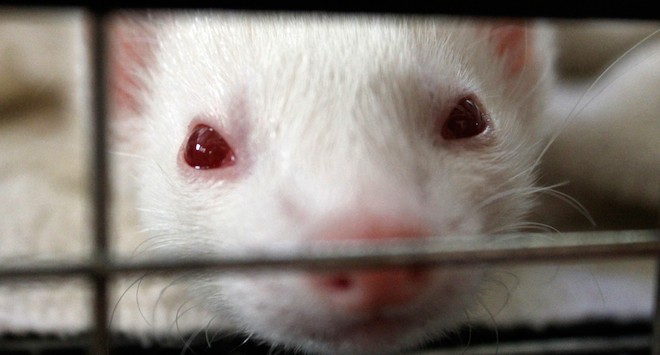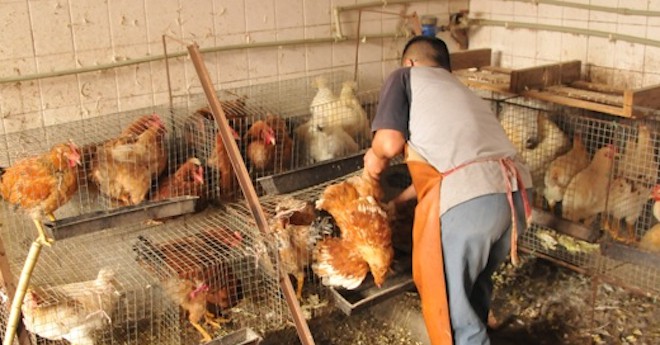
Image: Shane Byrd (CC), Flickr
A controversy that has been brewing for several years in the world of influenza research may ignite again with the publication last week of a new paper that’s worth a read. I haven’t to date written about the controversy, which centers on what’s called “gain of function” research. In the case of flu, what is being gained (via lab manipulation) is the ability for flu to transmit easily from one lab animal to another. The strains being manipulated are already virulent, that is, causing severe illness; and novel — that is, humans have never experienced them before, and so have no immunity to them. Adding transmissible to virulent and novel brings flu into the territory of becoming a potential pandemic strain. That’s where the controversy is, and what this new paper addresses.





